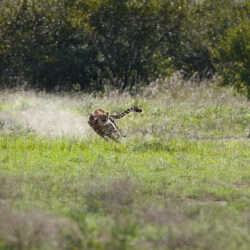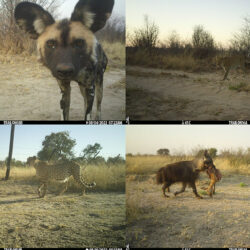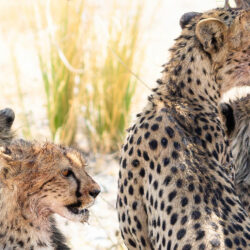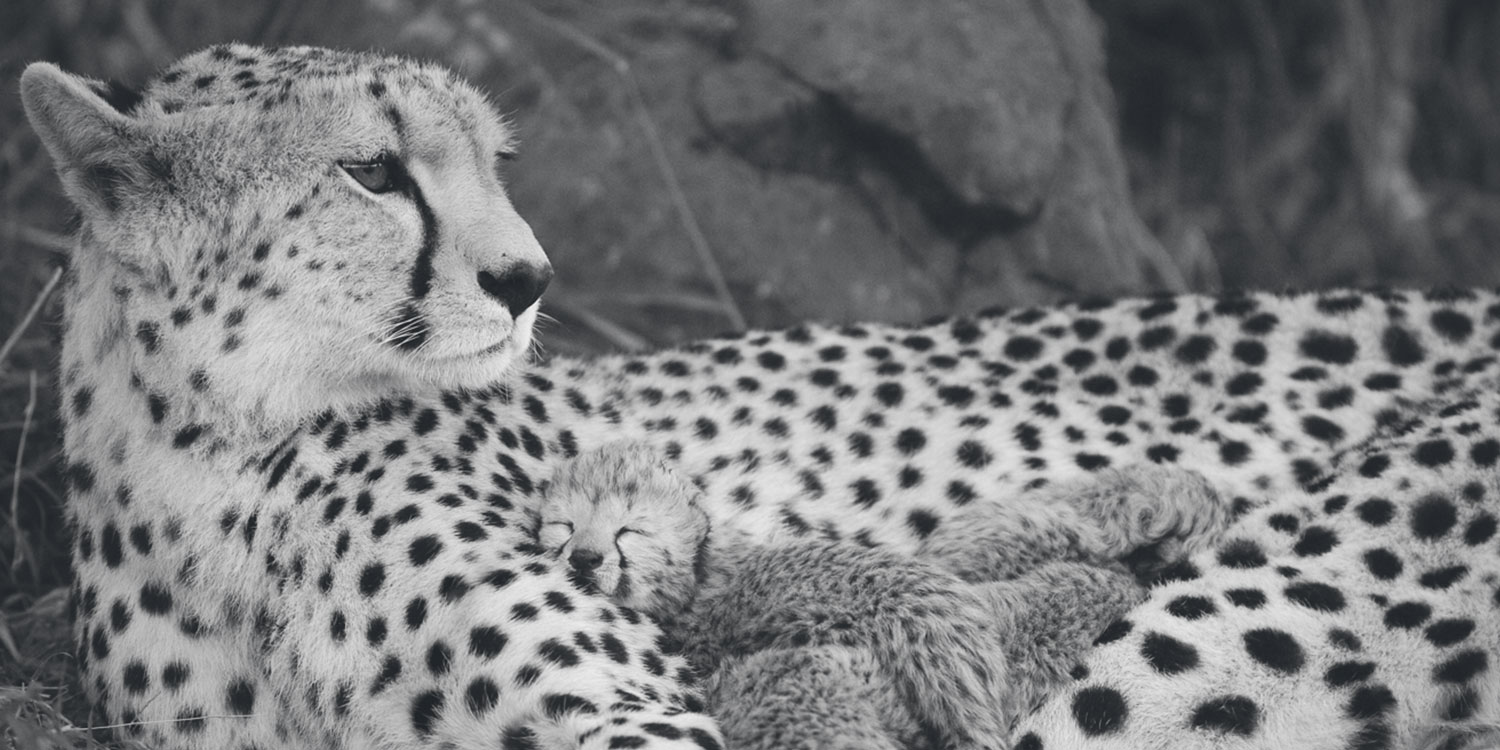Sniffing Out Cheetahs: Training CCF’s Scat Detection Dogs
-
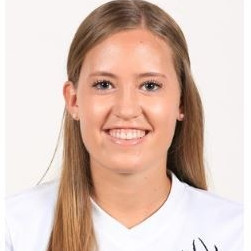
- by Melanie Lippert April 30, 2021
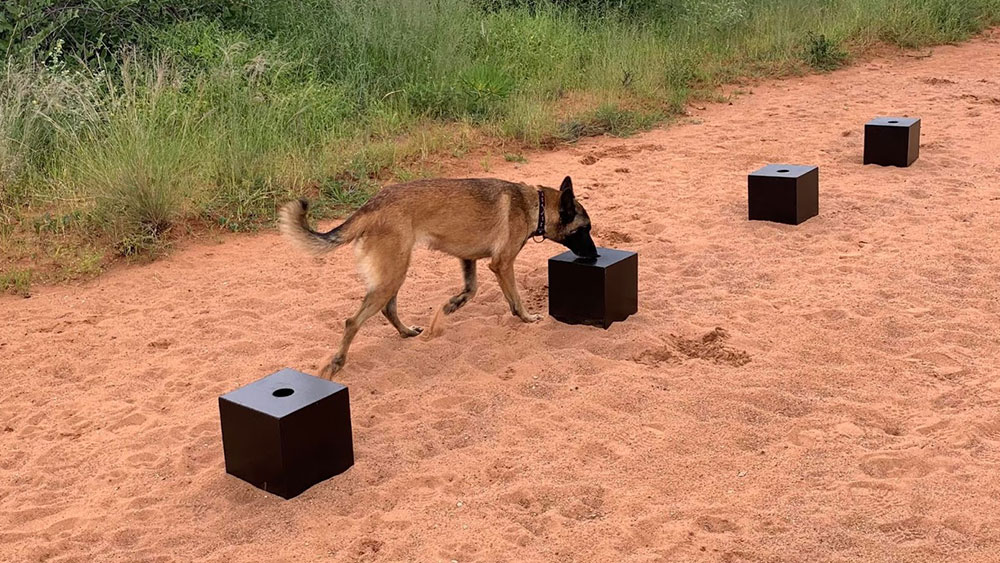
The Cheetah Conservation Fund (CCF) is home to many notable species, ranging from the resident cheetahs and livestock guarding dogs to the wild giraffes, leopards and lilac breasted rollers. Another unique animal found here is Enyakwa (Enya), CCF’s main scat detection dog. CCF’s trained scat detection dogs help identify cheetah scat in the field, which is then brought back to CCF’s genetics lab to determine the genetic profile of the cheetah that left the sample. Scat collection also allows us to identify the sex, diet and origin of individual cheetahs in the wild in a non-invasive, hands-off manner—making it a vital research tool at CCF.
Enya’s work also plays a major role in addressing human-wildlife conflicts. Not only does the data from CCF’s scat collections illustrate that cheetahs typically do not prey on livestock, but Enya and Scat Dog Handler and Trainer Tim Hofmann also meet many farmers during their work. Enya acts as an ambassador for cheetah conservation, opening the door for a positive discussion about coexisting with wildlife.
The Scent Line-up Exercise
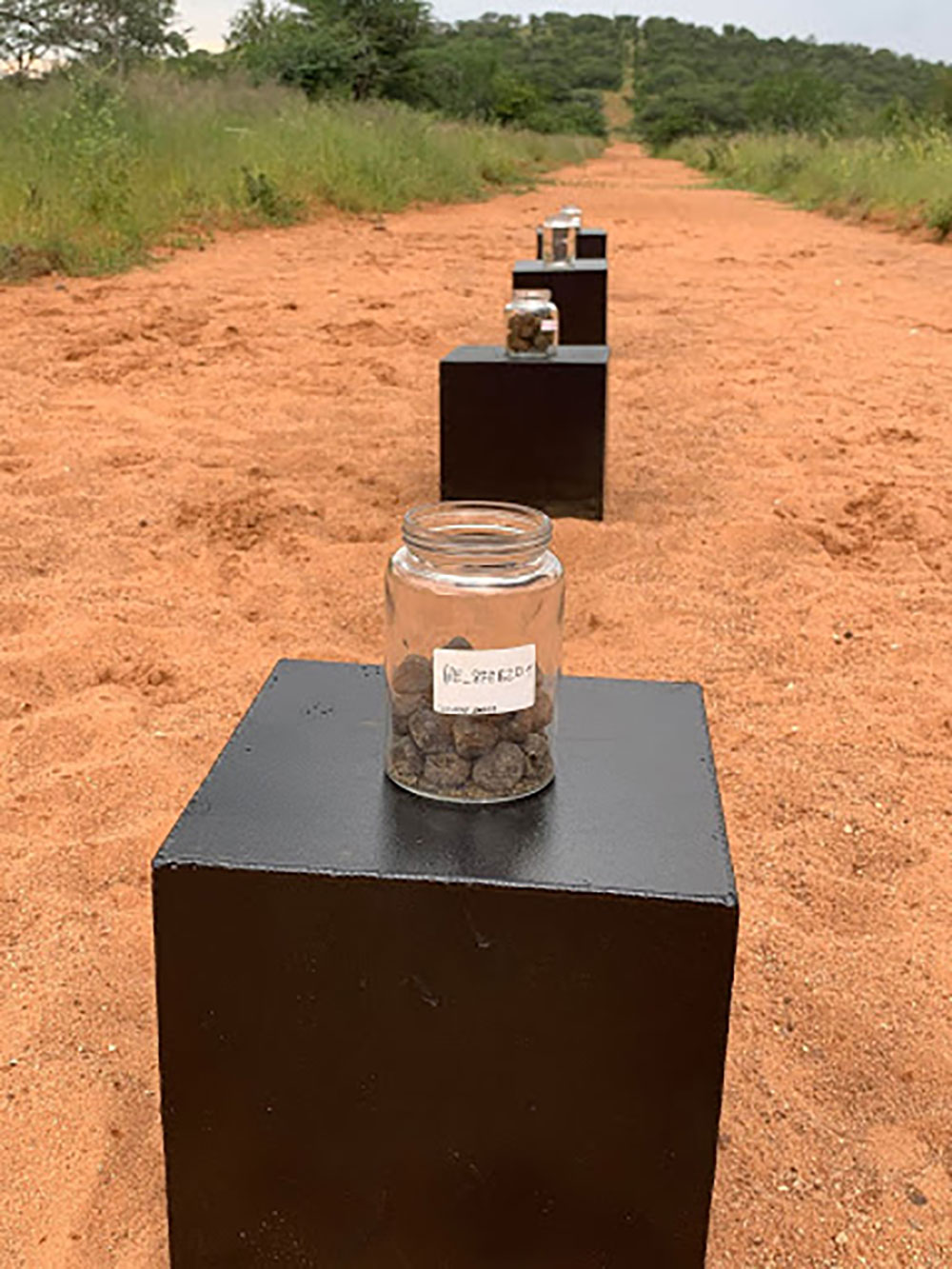
In order for Enya to successfully identify cheetah scat in the wild, Tim completes regular training exercises with her to maintain and improve her skills. The first exercise introduced for the scat detection training is called a scent line-up. During this exercise, the dog is trained to correctly select the box containing scat from its target species out of an array of scat samples. Enya is taught to select for cheetah as her target species during the line-up training.

To begin this exercise, Enya is presented with four boxes that are lined up in a row. A single scat sample in a glass jar, from either a target or non-target species, is placed under each box by an outside party, such as interns or fellow staff, so that neither the dog nor handler knows which specific sample is under each. There is a hole at the top of the boxes for Enya to sniff each scat sample without touching or seeing it. A cheetah scat sample is placed under one of the boxes, and then scat samples from non-target species, such as giraffes, baboons or domestic dogs, are placed under the others. Each time this exercise is performed, an empty glass jar is put under one of the four boxes, as well. This is done because every scat sample used in training is stored in some sort of medium, such as glass or metal, which inherently will have a scent of its own. In contrast, scat samples found in the wild will be out in the open with no storage medium. Even though the empty glass should have little to no scent, it is added to the line-up to ensure that Enya knows she is only rewarded when she identifies the target species’ scat in glass or standing alone, rather than just the scent of the storage medium that is used for all samples.
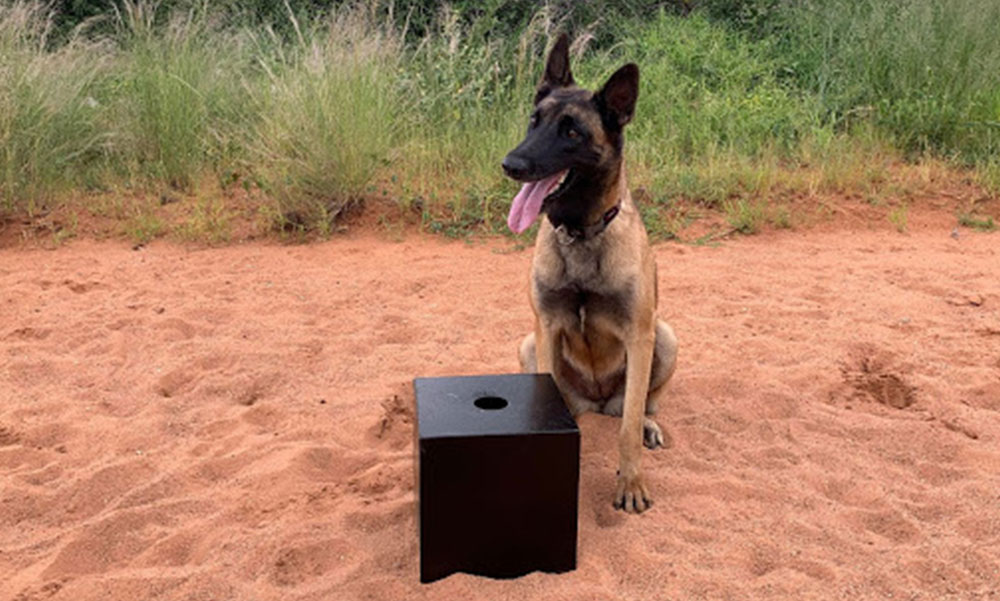
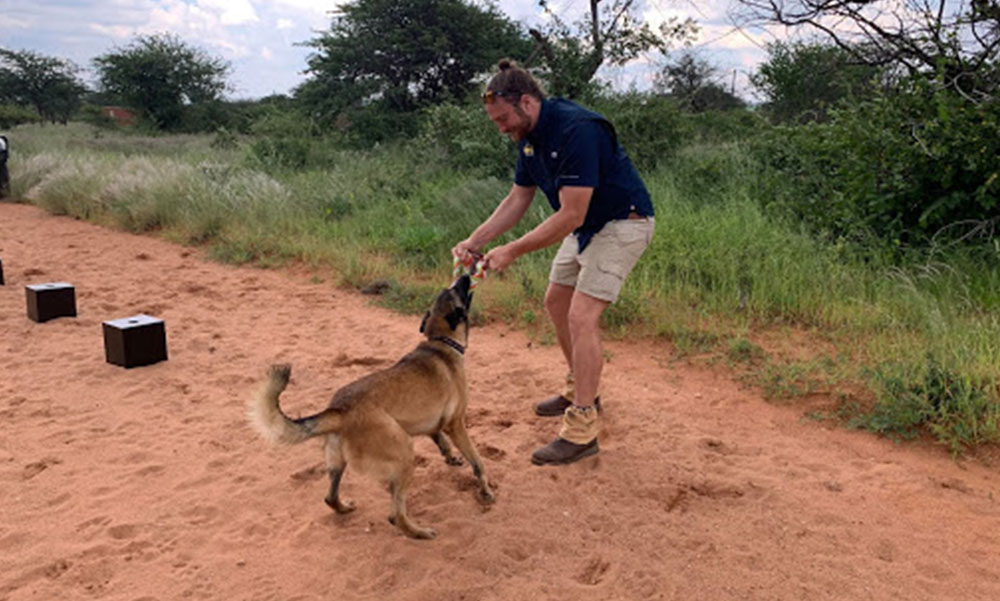
Enya will stand in front of the line of boxes, and once Tim gives the command to search, she begins examining all of the samples. She will sniff all of the scats to determine which is the target species and then sits in front of the correct box like she would if she found cheetah scat in the wild. When Enya chooses correctly, she is then rewarded with a toy. The reward reinforces to Enya which scat she needs to find in the wild. Enya will be asked to search for and identify the correct box five times to complete the scent line-up exercise. The scat samples are switched around after each search, and during one of the five rounds, only non-target species’ samples will be placed under the boxes—without any cheetah scat. That is called a “blank run” and teaches Enya that she is rewarded for being correct, not for finding a scat sample each time. It also teaches her that there may be searches where she does not find any cheetah scat. The line-up training is repeated frequently to ensure that CCF’s scat dogs are as accurate as possible when searching for wild cheetah scat.
With continuous training and practice, including exercises like the scent line-up, Enya’s ability to identify cheetah scat allows CCF to gain in-depth knowledge about the status and biology of cheetahs in the wild while ensuring as little human-cheetah interaction as possible.
Related Reading
-
October 15, 2024
The Ecology of the Landscape Down to the Smallest Part

